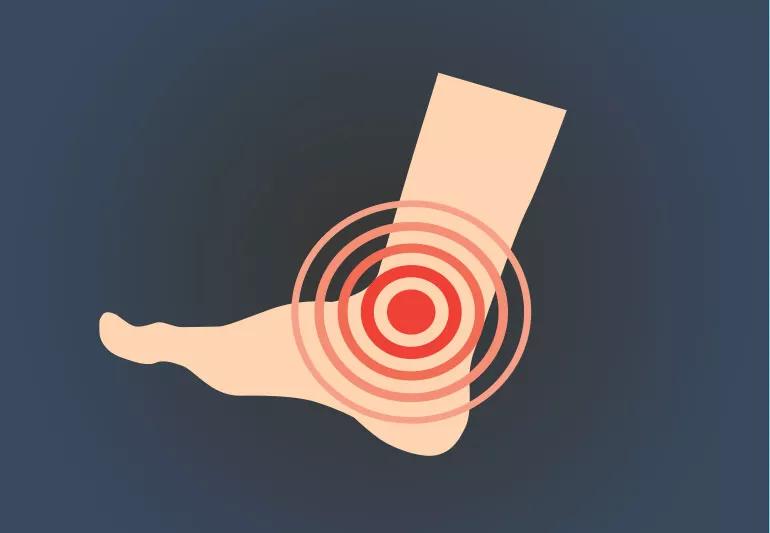Are the new solutions for cartilage damage right for you?

Walking: It’s something you take for granted — unless it’s painful to put one foot in front of the other. The pain may be due to foot and ankle arthritis, which causes the cartilage to break down. Orthopaedic surgeon Sara Lyn Miniaci-Coxhead, MD, shares the latest procedures that can give you relief.
Advertisement
Cleveland Clinic is a non-profit academic medical center. Advertising on our site helps support our mission. We do not endorse non-Cleveland Clinic products or services. Policy
An approach that uses a contact lens-type material is growing in popularity. It replaces the body’s natural cartilage (cushioning material) that wore away because of good ol’ wear and tear.
“If someone is suffering from pain in the great toe, we can use a gumdrop-shaped implant made from a material similar to contact lenses,” says Dr. Miniaci-Coxhead.
During the procedure, which lasts about 15 minutes, your surgeon will:
“If an implant isn’t going to work, you’ll likely know within the first two years,” says Dr. Miniaci-Coxhead. “People who make it to five years have a 92% success rate. For most patients, success means pain relief.”
The alternative to replacement is a fusion procedure, where surgeons permanently connect the big toe to the adjacent bone. Fusion is the gold standard and has a 95% success rate.
So why choose cartilage replacement?
Advertisement
“You have to be the right candidate for an implant,” says Dr. Miniaci-Coxhead. “If you have a bunion or another reason for pain around the big toe joint, a toe joint fusion might be a better choice.”
Arthritis in the ankle joint is another condition that’s a real pain in the feet. And ankle joint replacement procedures are gaining in popularity.
“The first generation of replacement ankle joints, designed in the 1970s, was less successful,” says Dr. Miniaci-Coxhead. “But the device is now in its third generation, and we’re seeing a real improvement for patients.”
During an ankle replacement surgery, your surgeon will:
People find ankle replacement alleviates their pain in 80 to 90% of cases. The alternative, ankle fusion (permanently connecting the bones at the point where the cartilage has worn away), has a similar success rate.
With similar pain-relieving results, how do you choose between ankle fusion and ankle replacement? If maintaining your range of motion is important to you, then the ankle replacement is the best bet.
But don’t count on an ankle replacement if you have any form of neuropathy — nerve damage in the feet. In that case, a fusion will give you the best result.
“Talk to an orthopaedic surgeon if you have pain or difficulty walking,” says Dr. Miniaci-Coxhead. “Your surgeon can guide you to the best option for relief. There is always something we can do!”
Advertisement
Learn more about our editorial process.
Advertisement

Most recommended precautions center around minimizing bruising or swelling

Even one drink can have an impact on your cognitive function leading to slurred speech, blurred vision and impaired memory

Understand who may (and may not) benefit

Lorem ipsum dolor sit amet. Et odio Quis vel ipsam omnis eum alias deleniti et placeat impedit non voluptas galisum hic autem enim et cupiditate aliquid. Est beatae quidem non facilis autem ut commodi nisi aut tempore rerum et dolores voluptatem cum enim optio id sapiente quasi. Ad laboriosam officiis 33 cupiditate sequi ea voluptatum consectetur qui necessitatibus voluptate et quasi doloremque et facere explicabo quo explicabo officia

Seeking help through therapy can be an important step in improving your quality of life when you have UC

Type 2 diabetes isn’t inevitable with these dietary changes

Applying a hot or cold compress can help with pain